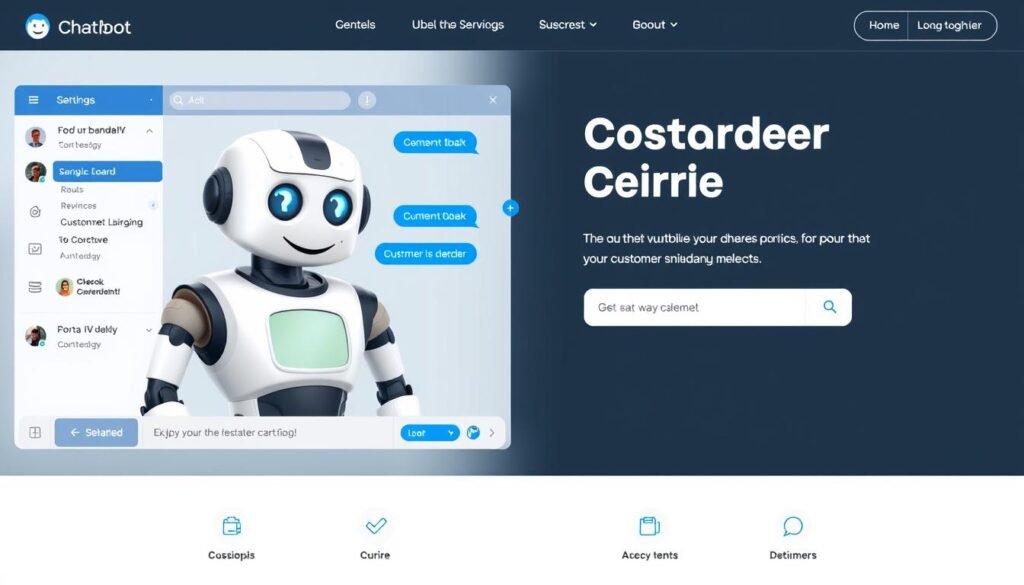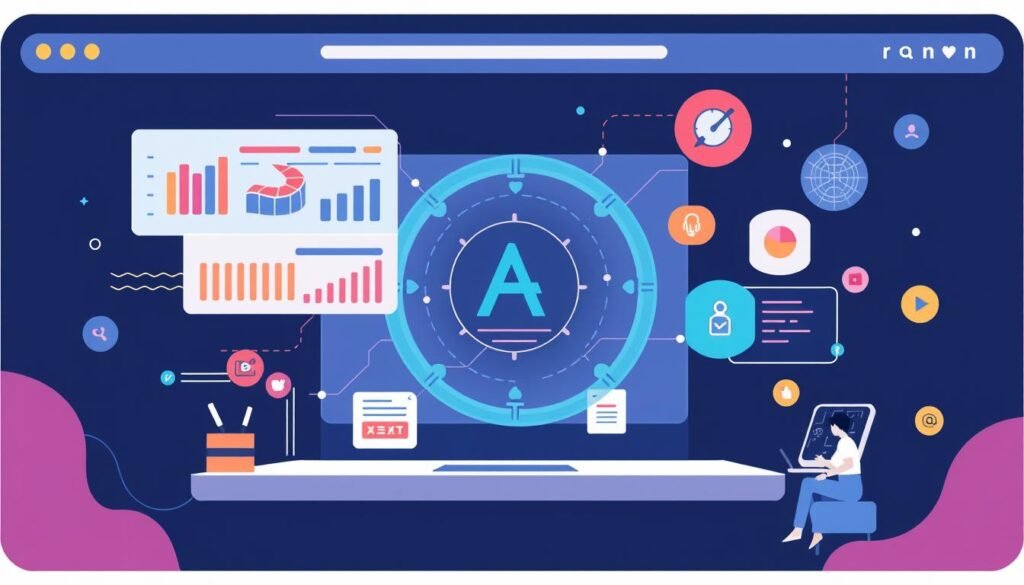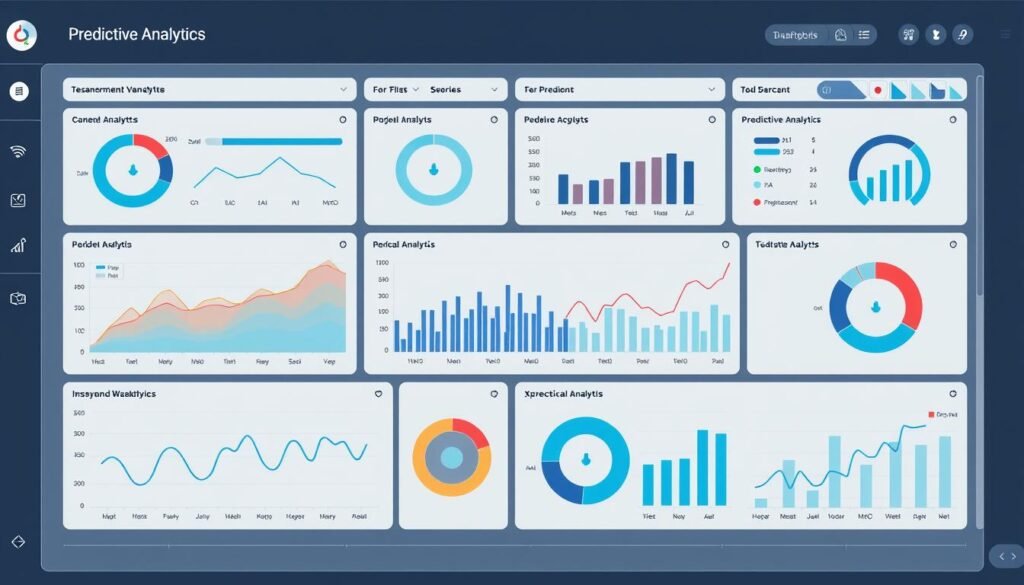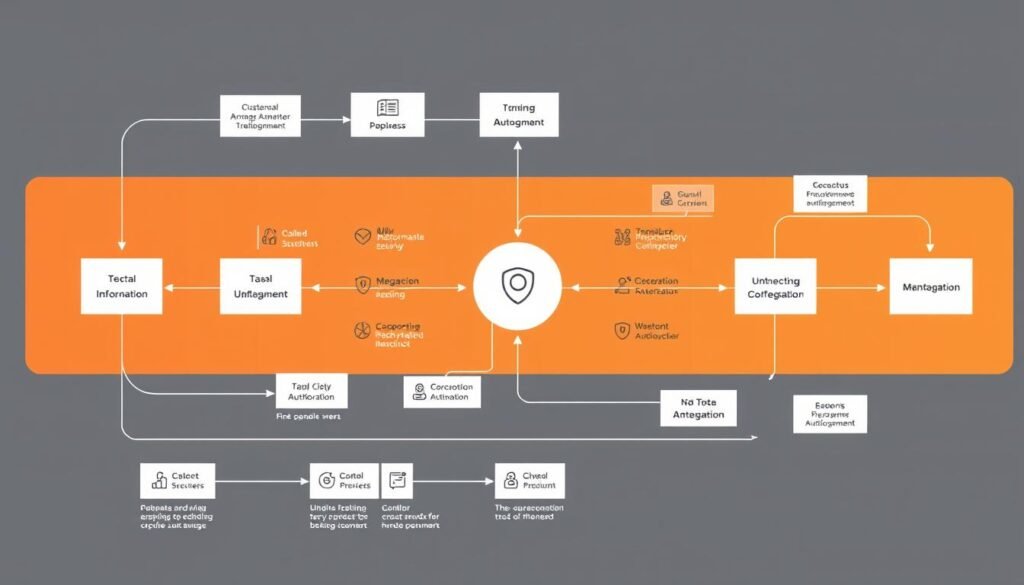Physical Address
304 North Cardinal St.
Dorchester Center, MA 02124
Physical Address
304 North Cardinal St.
Dorchester Center, MA 02124

Imagine being able to tap into the lucrative world of artificial intelligence without needing to write a single line of code. I’ve been on this journey, and I’m here to share my insights with you. The truth is, technical skills are no longer a barrier to entry in this exciting field.
The AI industry is experiencing unprecedented growth, creating opportunities for entrepreneurs from all backgrounds. By leveraging existing tools and platforms, non-technical founders can build successful businesses that drive revenue. In this guide, we’ll explore how to identify profitable models, scale your operations, and succeed in the data-driven landscape.
AI adoption has seen a significant surge since 2017, with businesses increasingly leveraging AI technologies to drive innovation. According to McKinsey & Company, the use of artificial intelligence in business operations has doubled since 2017, largely due to AI technology being customizable to meet an organization’s unique needs.

The growth of AI adoption can be attributed to several key factors, including reduced implementation costs, improved accessibility, and the proven ROI of AI solutions. As a result, 63% of McKinsey’s respondents expect their investment in AI technologies to increase over the next three years.
| Factor | Impact on AI Adoption |
|---|---|
| Reduced Implementation Costs | Increased accessibility for businesses of all sizes |
| Improved Accessibility | Simplified integration of AI technologies |
| Proven ROI of AI Solutions | Enhanced confidence in AI investments |
Non-technical entrepreneurs can successfully enter the AI market by leveraging no-code platforms and partnerships. This approach enables them to focus on business problems rather than technical implementation, positioning themselves as AI solution providers. Key skills for non-technical founders to develop include understanding AI applications, identifying business needs, and creating effective solutions.
By understanding the growth trajectory of AI adoption and the factors driving it, entrepreneurs can capitalize on emerging opportunities in the AI business landscape.
In my exploration of AI applications, I found five business models that are making a substantial impact. These models leverage AI to solve real-world problems, creating value for businesses and their customers.
AI-powered customer service solutions are revolutionizing the way businesses interact with their customers. By providing 24/7 assistance and faster response times, these solutions significantly improve the customer experience. AI chatbots can handle customer queries without human intervention, reducing the workload for human customer support agents.

Stop Guessing. Validate Your AI Business Idea in 60 Minutes.
AI content creation and marketing services are disrupting traditional marketing agencies. Tools like ChatGPT enable content teams to create high-quality, personalized content at scale. This not only enhances the content’s effectiveness but also reduces production time and costs.

Data analysis and business intelligence services powered by AI can transform raw data into actionable insights for businesses. By leveraging AI-driven analytics solutions, companies can make data-driven decisions, improving their operational efficiency and strategic planning.

These AI business models offer significant opportunities for entrepreneurs and businesses looking to leverage AI technology. By understanding the specific value propositions, target markets, and pricing strategies for each model, businesses can capitalize on the growing demand for AI-driven solutions.
The backbone of my profitable AI business operations is formed by essential no-code AI tools. These tools enable me to create sophisticated solutions without requiring extensive coding knowledge.
I’ve discovered powerful natural language processing (NLP) platforms that allow non-technical entrepreneurs to build text and speech applications without coding. These NLP tools can be leveraged to create chatbots, content generators, and sentiment analysis solutions that deliver real value to clients.

Ready-to-use machine learning solutions enable me to implement predictive analytics, pattern recognition, and anomaly detection without technical expertise. I can create custom machine learning models through intuitive interfaces rather than complex programming.

AI-powered automation tools streamline repetitive business processes and create efficient workflows for my clients. By combining multiple no-code AI tools, I can develop comprehensive business solutions that solve complex problems.

When selecting the right AI tools for specific business applications, I consider several factors, including ease of use, scalability, and integration capabilities. By evaluating the effectiveness of these tools, I can ensure that I’m delivering high-quality solutions to my clients.
My 7-step process is designed to empower non-technical entrepreneurs to build a profitable AI business from scratch. This comprehensive guide covers everything from identifying high-value AI applications to scaling your business systematically.

To succeed in the AI business landscape, it’s crucial to identify high-value applications specific to your target industry. Analyze pain points and inefficiencies that AI can solve, and evaluate industry-specific opportunities to select those with the highest profit potential.
Choosing the right AI partners and platforms is vital for the success of your AI business. Align your business goals with the technical capabilities of potential partners, and negotiate favorable terms that protect your business interests.
Key considerations include:
Developing a minimum viable AI solution is essential for demonstrating value to potential clients without requiring significant upfront investment. Utilize existing tools and platforms to rapidly prototype AI solutions.
“The key to success lies in starting small and iterating based on feedback.”
Testing and refining your AI offering through real-world feedback and iterative improvement is crucial. Use data from early adopters to optimize your solution and increase its market appeal.
By following these steps, you can systematically build and scale a profitable AI business without needing to write code. Focus on delivering value to your customers, and continually adapt to the evolving AI landscape.
The key to a profitable AI business lies in understanding how to effectively monetize your AI solutions. As someone who has built a successful AI business without technical expertise, I’ve learned that the right monetization strategies are crucial for maximizing profitability. In this section, I’ll share my proven approaches to creating a lucrative AI business.

One of the most effective ways to monetize AI solutions is through subscription models that create predictable, recurring revenue streams. By offering different subscription tiers, businesses can maximize customer lifetime value while reducing churn. For instance, a basic tier might include access to a fundamental AI tool, while premium tiers offer additional features, priority support, or more advanced AI capabilities.
To structure subscription tiers effectively, it’s essential to understand the varying needs of your customer base and tailor your offerings accordingly. This might involve offering customized AI solutions or providing dedicated support to high-value customers.
Another crucial aspect of monetizing AI solutions is implementing value-based pricing strategies. This approach allows businesses to capture a fair share of the value they create for clients. To do this effectively, it’s necessary to quantify the business impact of your AI solutions and use that data to justify premium pricing.
For example, if an AI tool helps a business increase sales by 10%, the value created is directly tied to that revenue increase. By demonstrating this value to clients, businesses can justify higher pricing and increase revenue.
Building comprehensive service packages around AI tools is another effective monetization strategy. By combining AI technology with human expertise, businesses can create high-value offerings that address specific client needs. This approach not only increases average deal size but also creates opportunities for upselling and cross-selling.
To implement this strategy, businesses should focus on positioning their AI offerings to emphasize business outcomes rather than technical features. By doing so, they can appeal to clients’ strategic priorities and demonstrate the tangible benefits of their AI solutions.
By diversifying revenue streams through subscription models, value-based pricing, and service packages, AI businesses can achieve maximum profitability and stability. This multi-faceted approach allows businesses to adapt to changing market conditions and customer needs, ensuring long-term success.
As I reflect on my journey in building an AI business, I’m reminded of the significant challenges I faced and how I overcame them. The AI business landscape is rapidly evolving, and companies must navigate various obstacles to succeed.

One of the primary challenges in the AI business is addressing data privacy and AI ethics concerns. As AI becomes more pervasive, ensuring the security and ethical use of data is paramount. The IBM Cost of a Data Breach Report 2023 highlights that organizations using security AI and automation extensively can save an average of $1.76 million compared to those that don’t. To address these concerns, businesses must implement robust data governance and security measures.
Some key strategies include:
Differentiating your AI offering in a crowded market is another significant challenge. With numerous businesses leveraging AI, it’s crucial to identify unique value propositions that set your business apart. To achieve this, focus on specific industry needs and develop tailored AI solutions that address these needs.
| Differentiation Strategy | Description | Benefit |
|---|---|---|
| Industry-specific solutions | Tailor AI solutions to specific industry needs | Increased relevance and adoption |
| Unique value propositions | Identify and emphasize distinct benefits | Competitive advantage |
| Strategic partnerships | Collaborate with complementary businesses | Expanded reach and capabilities |
Scaling an AI business without technical expertise is a challenge many entrepreneurs face. To overcome this, businesses can leverage no-code AI tools and platforms that simplify the development and deployment of AI solutions. Additionally, forming strategic partnerships with technical experts can provide the necessary capabilities without requiring in-house technical expertise.
By adopting these strategies, businesses can effectively scale their AI operations while maintaining focus on their core competencies.
The AI Gold Rush Won’t Last Forever. Your Spot is Reserved.
With the rapid growth of AI adoption, entrepreneurs without a technical background now have a unique opportunity to thrive in the AI landscape. The five profitable AI business models we’ve explored offer a solid foundation for launching your venture. These models include AI-powered customer service solutions, AI content creation and marketing services, data analysis and business intelligence, AI-powered automation tools, and more.
To succeed, focus on solving business problems rather than getting bogged down in technical details. Leverage no-code AI tools and platforms to streamline operations and drive business growth. By doing so, you’ll be able to make data-driven decisions, uncover valuable insights, and stay ahead of the competition.
As you start your AI business journey, remember that the key to success lies in identifying high-value AI applications, selecting the right partners and platforms, and continuously refining your AI offering. With persistence and the right strategies, you can create a sustainable competitive advantage in the AI marketplace.
The future of AI entrepreneurship is bright, and the opportunities are vast. By taking immediate action and staying informed about the latest AI trends, you’ll be well-positioned to capitalize on emerging opportunities and drive business success.